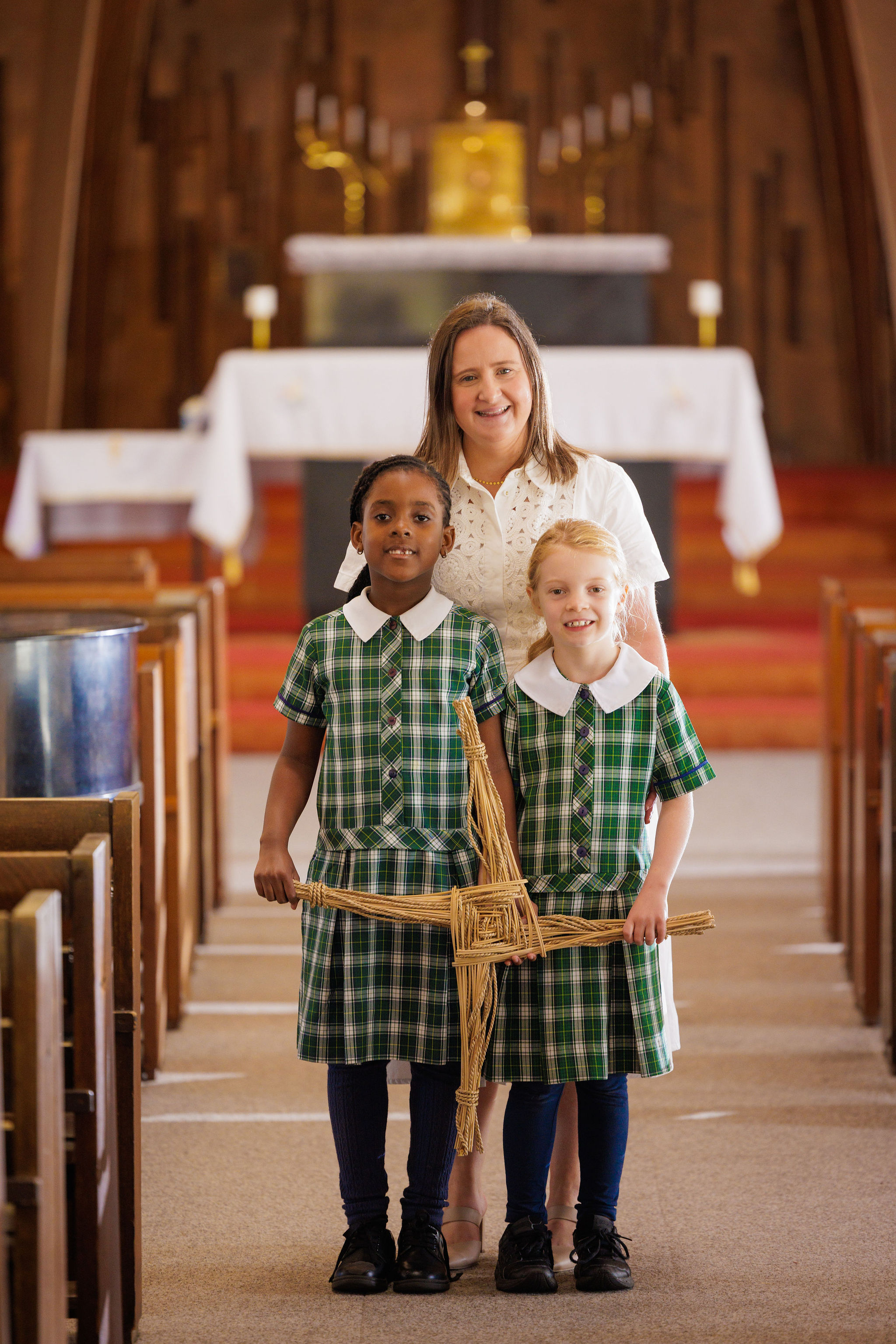Religious Education at Holy Family consists of two distinct but complementary dimensions, namely an educational dimension and a faith formation dimension. The first dimension, most commonly referred to as the classroom teaching and learning of religion, is focused on Religious Education. The content of formal Religious Education lessons is guided by the Archdiocesan Religious Education Curriculum. The second dimension, Faith Formation, is reflected in the Religious Life of the School, family and parish. The Religious Education Curriculum for the Archdiocese of Brisbane acknowledges that the educational dimension and the faith formation dimension are inextricably linked. The classroom teaching of religion is one element in a complex web of experiences that have the potential to nurture the faith life of young people.
At Holy Family Religious Education aims to ‘develop students’ religious literacy in the light of the Catholic tradition, so that they may participate critically and effectively in the life of their faith communities and wider society. This aim promotes the development of knowledge, skills and values which students need to participate as active lifelong learners within church and community contexts. Students are actively involved in constructing understandings of the Catholic tradition as well as acknowledging other religious traditions, the nature of religion and its place in life and Australian society. This learning area has been organised into four strands:
- Scripture;
- Beliefs;
- Celebration and Prayer;
- Morality.
Through these strands students engage in learning which describes the understandings of the knowledge, skills, technologies and processes specific to Religious Education.

© Brisbane Catholic Education, Holy Family School (2025)